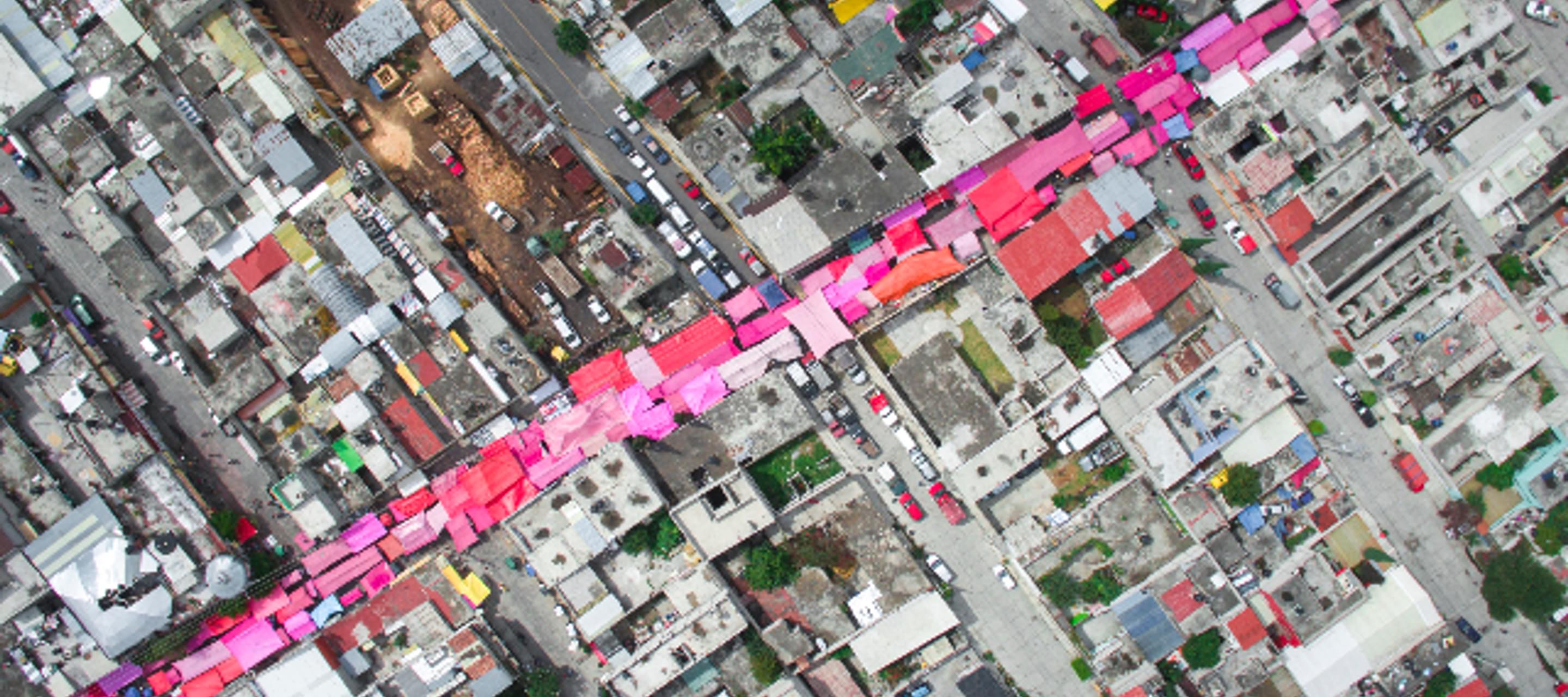Built Environment Consultation - takeaways and next steps
5 November 2019

On 8 October 2019, IHRB and Multiplex co-hosted a roundtable for input on the draft Principles for Dignity in the Built Environment. Participants provided feedback and explored opportunities to put them into action. This was the first of several consultations that will be held through 2019 and 2020.
Read on for the key highlights from the consultation.
Context
The draft Principles are a joint initiative of IHRB, the Australian Human Rights Institute at the University of New South Wales, Raoul Wallenberg Institute of Human Rights and Humanitarian Law, and Rafto Foundation for Human Rights. Rather than create a new set of standards, the draft Principles aim to provide a galvanizing framework that connects with and amplifies work underway at each stage of the built environment lifecycle: land; planning and finance; design; construction; management and use; demolition and redevelopment.
The draft Principles come at a time in which:
- Buildings contribute almost 40% of global carbon dioxide emissions, and total global building floor area is projected to double by 2060
- Cities face a growing affordability crisis, exacerbating inequality and protest
- Construction industry supply chains are characterised by an erosion of workers’ rights, particularly the rights of vulnerable migrant workers
Overarching comments
- The need to scale up collaborative action by all actors around the built environment lifecycle is clear: from regulators, to investors, to developers, to construction firms, and designers.
- The welcome, rapidly-growing attention to climate change and carbon reduction must be aligned with concerted action on working conditions and social outcomes.
- “Human rights” terminology is unfamiliar, or narrowly defined, by many in the built environment industry. Clear narrative framing and translation into easily recognisable terms is needed, taking more familiar efforts on health, safety, non-discrimination, climate, and inclusion as an entry point.
- Change requires engaging hearts and minds. Individual stories play a powerful role in the former (participants pointed to the fact that health & safety videos are often accompanied by the stories of people who have been injured at work); while statistics, metrics and practical implementation tools engage the latter.
Feedback on the draft principles
Opportunities for implementation:
- Strengthening social metrics and credits (for working conditions and local communities) in certification standards and frameworks to achieve scalability, such as World Green Building Council member ratings (LEED and others), BREEAM, and FIDIC contracts – with the possibility of developing an all-encompassing project certification system that allows comparability between projects;
- Focusing on specific projects, mapping and engaging the key actors involved, integrating strong social and environmental standards and outcomes from the outset, and tracking lessons along the way;
- Integrating strong standards into government procurement contracts, and ensuring governments create effective regulatory contexts (both policy and enforcement).
Overall point on framing:
The draft Principles would benefit from a reframing as an action-oriented framework that encompasses each of the six stages of the built environment lifecycle and forges connections between them, with further detail on implementation and references to existing sets of relevant principles sitting behind each lifecycle stage.
Specific points relating to lifecycle stages:
- Land: Land is the critical first stage requiring special attention to effectively address the challenges of effective valuation, tenure protections, and taxation. Related to this stage, RICs has developed an International Land Management Standard.
- Planning: Holistic approaches to planning must take the full urban context into account.
- Investment: Investors (project finance, asset owners and others) must be engaged from the outset, with investment connected to the outcomes on the ground.
- Design: Architects often operate within constraints of client relationships, and opportunities for leverage can be limited. Participants pointed to materials specifications as an example one area where architects do have a certain amount of leverage over the construction process. And expectations are growing for architects to embrace the wider social implications of their work – with examples of leadership on the rise (on the same day as the workshop, the prestigious RIBA Stirling Prize was awarded to a low-energy-consumption, public housing project in Norwich).
- Construction: The hierarchical and fragmented nature of the industry is a challenge – the role of investors and regulators is key to reduce the race to the bottom, joint action by leading construction firms is important (e.g. through Building Responsibly), and attention is expanding beyond not only working conditions on construction sites but also in materials supply chains (nonetheless with traceability challenges to overcome).
Next steps for the programme
- Consultation: Continued consultation is planned in different regions through to September 2020 on the draft Principles/Action Framework, culminating in launch
- Communication: Stories from rights holders and practitioners that elevate the issues at stake and provide examples of innovation, to inspire action
- Implementation: Incorporating recommendations from the consultations to finalise the draft Principles/Framework and longer-term implementation plans, likely focusing on embedding strong social and environmental criteria into certification standards, investment frameworks, procurement policies and contracts, while conducting dynamic “living case studies” that gather shared lessons along the way.



